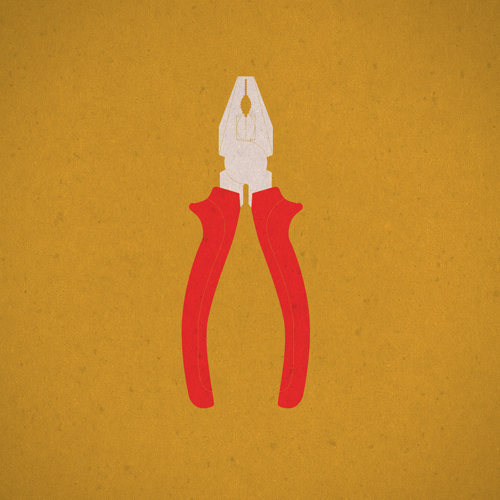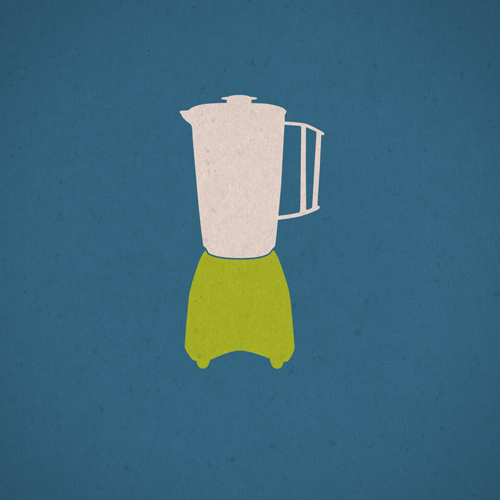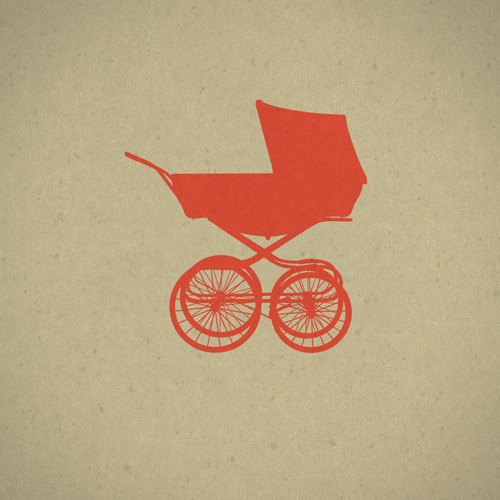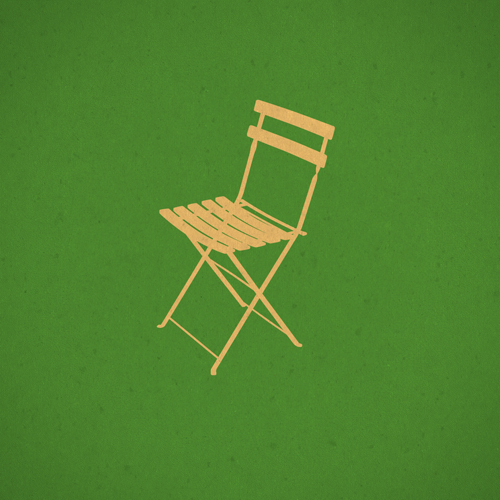Solarplate etching
Solarplate etching is a new alternative to traditional metal plate etching, which does not require the use of grounds and acids. Solarplate is a light sensitized steel backed polymer material used by artisits as an alternative to hazardous printing techniques. It’s a simple, safer, and faster approach than traditional etching and relief printing.

Step one: prepare artwork
Artwork may be created with liquid opaque paint or ink, light-stopping making devices, rubylith films, lithographic crayons and certain black pencils, or found objects. The image is created on transparent acetate, mylar, Xerox or a glass surface. This “transparency” is used as a contact positive or negative for either intaglio or relief. Artwork can be created by hand drawing,
computer printout, or with photographic methods.
Step two: expose plate to UV light
When exposing with the sun, set up your Solarplate indoors, and away from direct sunlight. Sandwich the plate and transparency between thick plate glass with a rigid board. Clamp the entire unit together and expose it to the sun, or artificial U.V. light source, perpendicular to the rays.
Best results are achieved at noontime in strong sunlight, an average time would be 90 seconds in the summer in northeast United States.
Once the plate has been exposed, bring the entire unit indoors. The exposure is repeated however the time may differ.
NOTE: The darker or more dense the transparency—the longer the exposure; The lighter or more delicate the transparency—the shorter the exposure. Times can vary from 3 minutes down to 15 seconds.
Step three: rinse plate in water
WASH OUT (etching)
The washout process is a substitution for the “etch” process In traditional Intaglio. Sixty-eight degree water is used instead of acid. Gently, scrub the entire image with a soft nylon scrub brush for about two minutes or longer. During the washout, the protected areas will be removed from the surface, creating an intaglio surface. You can control the washing time and stop at any desired moment. After completing the washout, quickly blot with newsprint or phone book pages.
Step four: harden plate
Post Expose the plate for 5-10 minutes; longer post exposure will not harm the image
Step five: filing the plate
Before inking, eliminate the sharp corners of the plate with a file.
Step six: print plate
Printing may be done in either relief or intaglio. Plate thickness is less than standard zinc or copper and presses should be adjusted accordingly. Although hand printing may be accomplished by traditional rubbing techniques, a press is more desirable for ease, consistency and quality. Any quality printmaking paper may be used.





